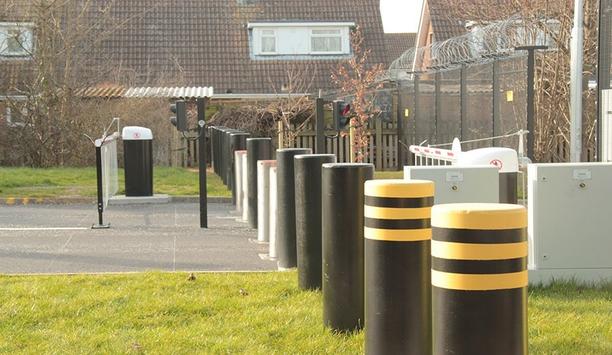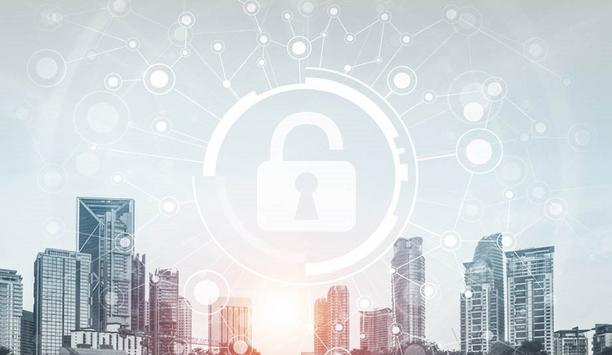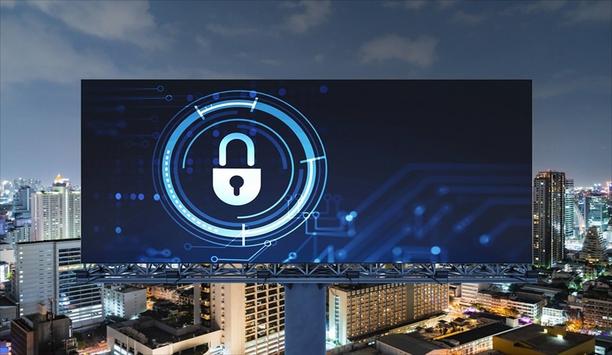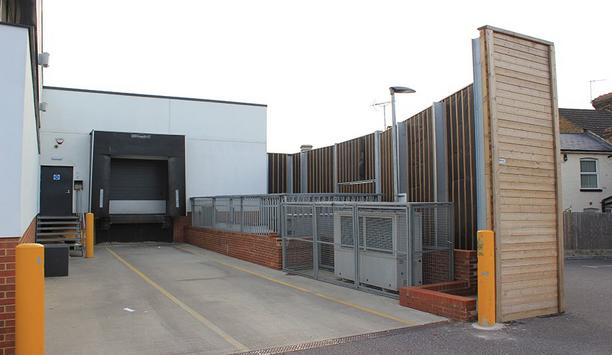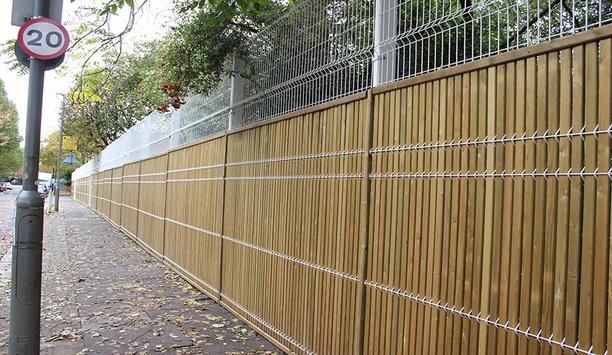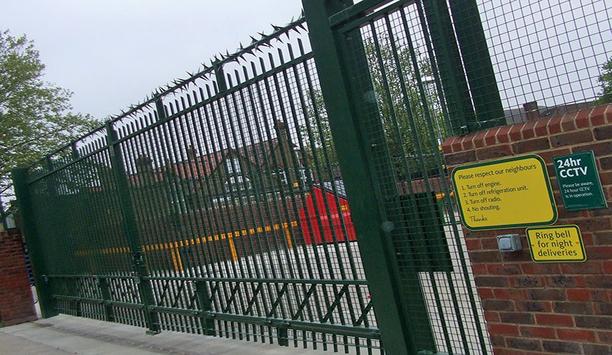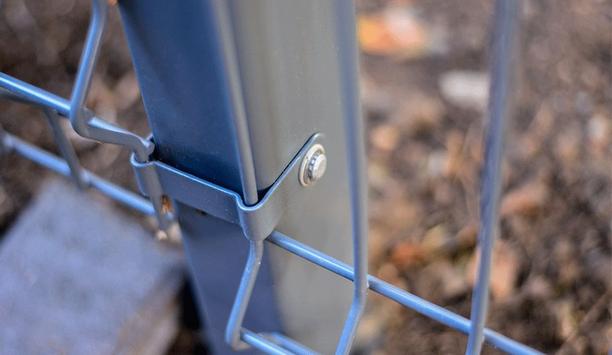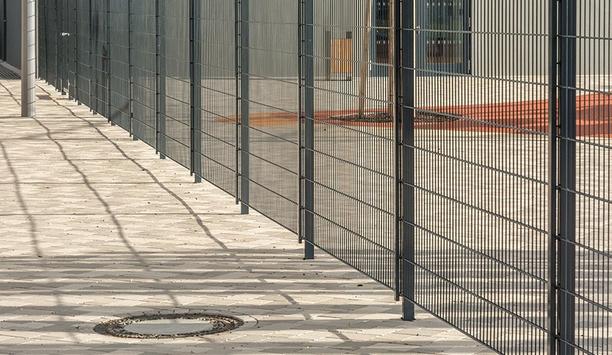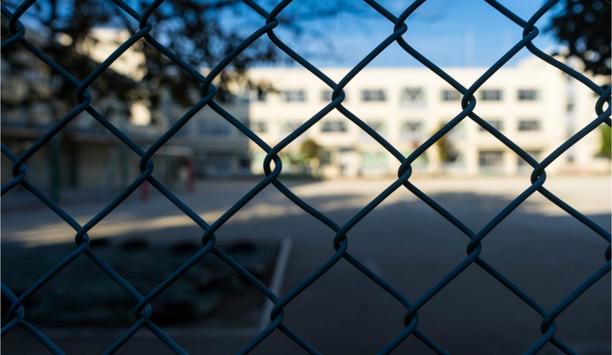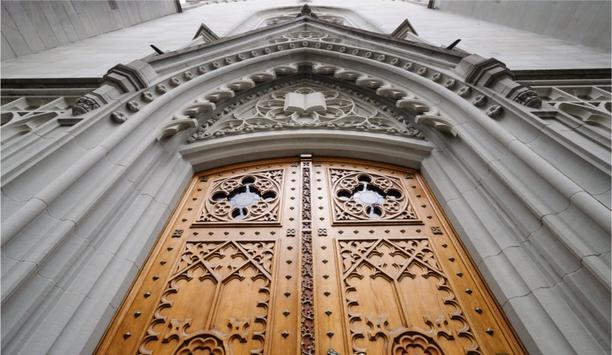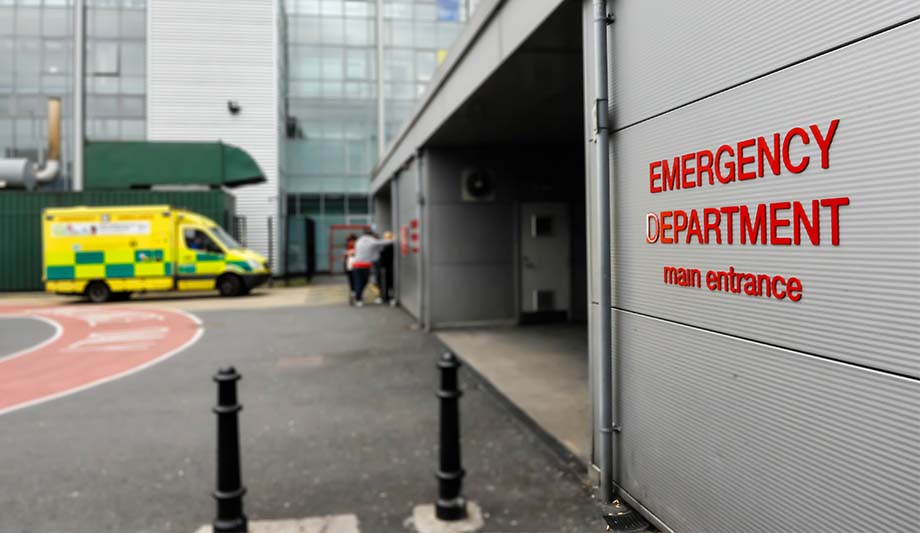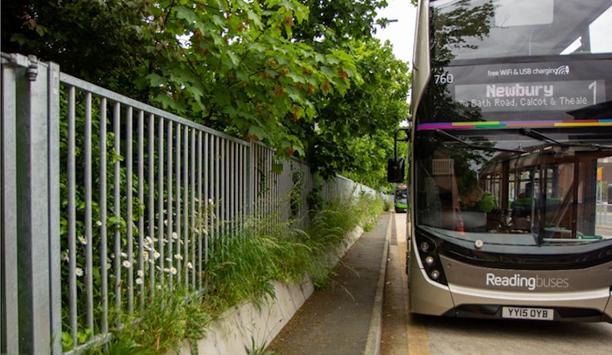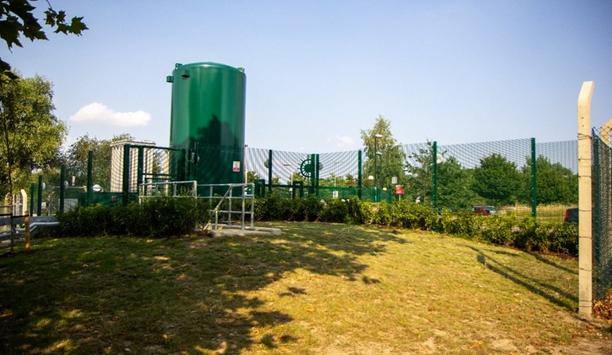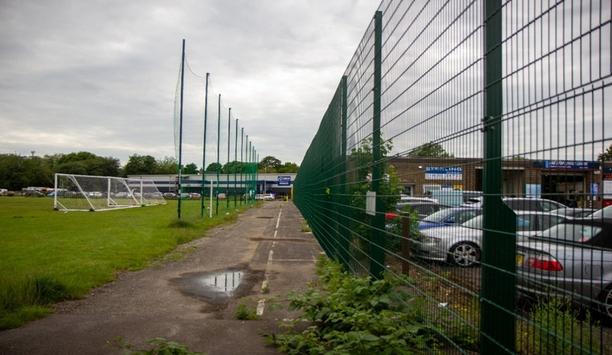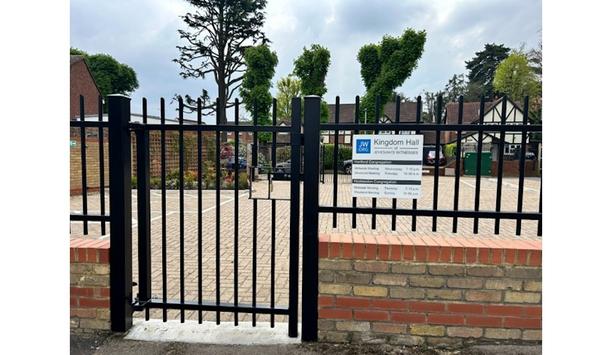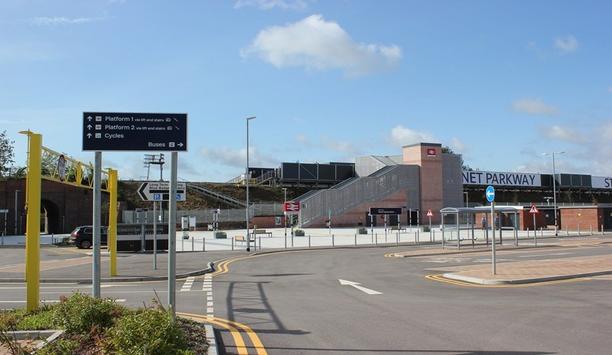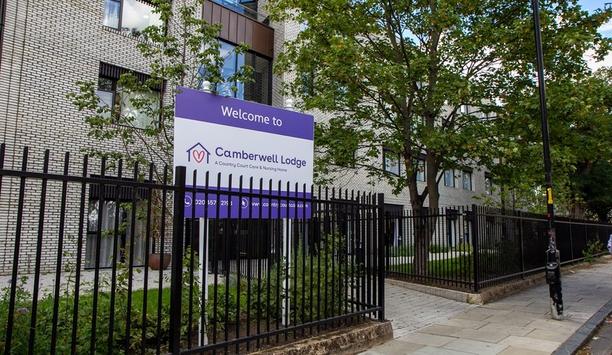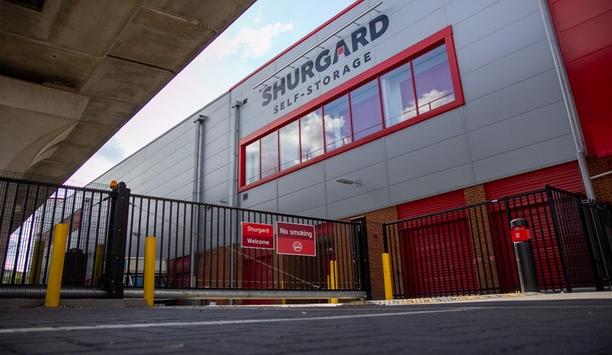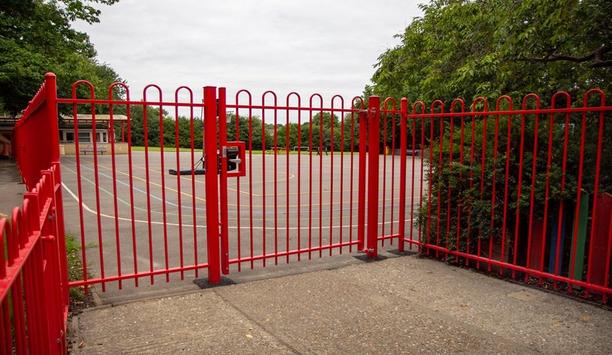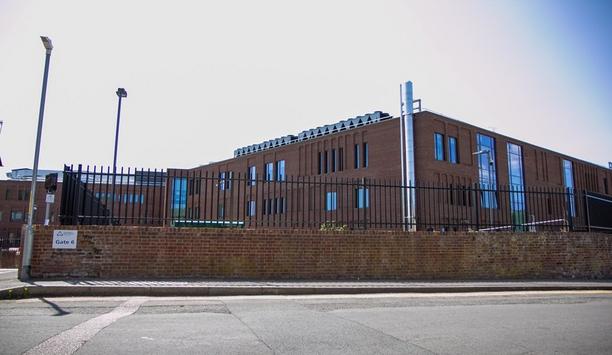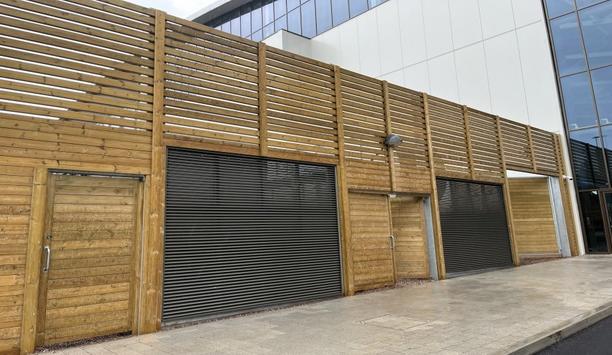Peter Jackson

Peter Jackson
CEO, Jacksons FencingPeter joined the family business in 1993, working for his father Ian Jackson in a variety of departments, and going on to specialise in the high security sector. Working on large fencing projects; he has built a wealth of experience valued by major organisations and government departments throughout the UK and overseas. Taking over as Managing Director in 2015, he propelled the company to 45th place on the International Track 200 league table in 2017 with major contracts including securing the Eurotunnel site in Coquelles.
Articles by Peter Jackson
Amidst the challenges of a prevailing economic downturn, the retail sector finds itself grappling with an unparalleled rise in incidents of shoplifting, theft, and burglaries. The disconcerting scenes...
In this article, Peter Jackson, Managing Director at Jacksons Fencing, emphasizes the significance of implementing and upholding robust security measures, highlighting their role in safeguarding natio...
Integrated security solutions are so often recommended by security specialists, while this sounds impressive, what does it actually mean? The short answer is: combining all aspects of security in a la...
Are we doing enough to protect our vital infrastructure and commercial properties? This is one of the key issues the sector is currently dealing with. Crime rates have been rising following the pandem...
As the cost-of-living crisis intensifies in 2023, owners of construction companies will place a greater emphasis on environmentally-friendly materials, public safety, and strategies to increase value....
The UK’s future depends on our children. Within the four walls of classrooms around the country, young minds are inspired, practical skills are learnt, and new passions are established; these wi...
With shoplifting up, 21% in 2022, Peter Jackson, managing director of Jacksons Fencing explores how retail businesses can better protect their premises from opportunistic thieves. We think of shoplift...
Metal theft is nothing new, but the impact of the pandemic has left many in financial uncertainty, couple this with the rising price of metal, and one result is an increase in the level of acquisitive...
Schools were never designed and built with social distancing in mind. So it’s perhaps not surprising that as children returned to schools for the autumn term this year, the prospect of outdoor c...
The impact of the COVID-19 pandemic has accentuated our digital dependency, on a global scale. Data centers have become even more critical to modern society. The processing and storage of information...
COVID restrictions across the UK are slowly easing and many public venues, including stadiums, are beginning to reopen following a year of closures and uncertainty. According to recent ONS figures, cr...
Since the start of the pandemic, almost a quarter of UK businesses have been forced to temporarily close, pause trading, or work remotely, with very little notice. Now nearing the 12th month of the cr...
Schools play a key role in shaping our future. Following the reopening of classrooms up and down the country, young minds are returning to some normality. Once again they're being inspired, learning u...
In a multi-faith society, individuals should have the freedom to practice their faith in complete safety. It’s taken a long time for the right to freedom of belief in the UK to be enshrined in...
COVID-19 has sparked a flurry of criminal activity across the country, with a particular increase in petty crimes perpetrated against UK healthcare facilities. Bike theft, slashed ambulance tyres and...
News mentions
Jacksons Fencing, a globally renowned manufacturer of high-quality fencing and security solutions, has launched its versatile EuroGuard® V Mesh fencing system online. This expansion gives commerc...
Jacksons Fencing successfully supplied and installed its state-of-the-art EuroGuard® Rebound sports mesh fencing at West Beach Tennis Courts in Whitstable, Kent. In partnership with LTA Tenn...
Jacksons Fencing announces the return of Cris Francis as its new Commercial Director. With over 20 years of experience in sales, leadership and the security industry, Cris brings invaluable expertise...
Newbury Manor School, a specialist institution managed by Aspris Children’s Services, has recently undertaken a major security upgrade to enhance the safety of its students. Located in Somerset...
Porthaven Care Homes, a provider of high-quality care services in the UK, recently completed the opening of its latest addition, Cavell Park Care Home, located in Maidstone, Kent. This marks another...
Modernizing a town's transport hub requires a careful balance of effective security, useful functionality, and sleek design. Jacksons Fencing successfully completed a fencing solution for the N...
Jacksons Fencing has successfully completed the installation of an innovative sound reduction barrier and security fencing system for Matthews Haulage at their Essex logistics facility. The proj...
In response to the increased demand for oxygen supplies following the 2020 pandemic and subsequent rise in respiratory-related conditions, Jacksons Fencing completed a key project in 2024 to safeguard...
In 2023, Jacksons Fencing completed a successful implementation of state-of-the-art fencing and access control solutions for Newbury Football Club, marking a significant step in the club's return...
Jacksons Fencing has recently completed a project with the Kingdom Hall in Hoddesdon, striving to enhance both the safety and visual appeal of its premises. As a place of worship for Jehovah&rsqu...
In the rich tapestry of Chigwell School's heritage, dating back to its founding year in 1629, 2013 marked a vibrant thread with the unveiling of a gleaming new pre-Prep School. Fast forward to now, an...
Completed in 2023, Thanet Parkway Station, the new high-speed rail hub serving the Thanet area in southeast Kent, has implemented a significant infrastructure enhancement: the installation of high-qua...
Amid escalating security concerns for places of worship in the UK, the Home Office has launched two pivotal schemes to enhance protective measures. The Places of Worship Protective Security Funding S...
In 2023, Tenterden Town Council completed the successful installation of vandal-proof fencing at a recreation ground situated in St Michaels village, in the borough of Ashford, Kent. The new fencing...
Country Court, a respected care home provider in London, has recently completed the opening of its latest and flagship care home, Camberwell Lodge, in collaboration with Jacksons Fencing. Nestled in...
Shurgard, the provider of self-storage solutions, has reinforced its commitment to the safety and security of its customers' belongings by implementing state-of-the-art security measures at its larges...
St Mary and St Ethelburga Church, a cherished Catholic establishment in Barking, has recently completed a transformative project to enhance its visual appeal and security measures. For more than a ce...
St. Benedict’s Catholic Primary School, an institution deeply rooted in religious values and commitment to a positive learning environment, has recently completed a significant enhancement proje...
Canterbury Christ Church University, an educational institution with a rich history spanning back to 1962, has recently taken significant steps to enhance security measures on its esteemed campus. Wi...
Sandwell Aquatics Centre in Smethwick is a state-of-the-art leisure center that originated as a purpose-built arena for the 2022 Commonwealth Games in Birmingham. The facility played host to the high...

